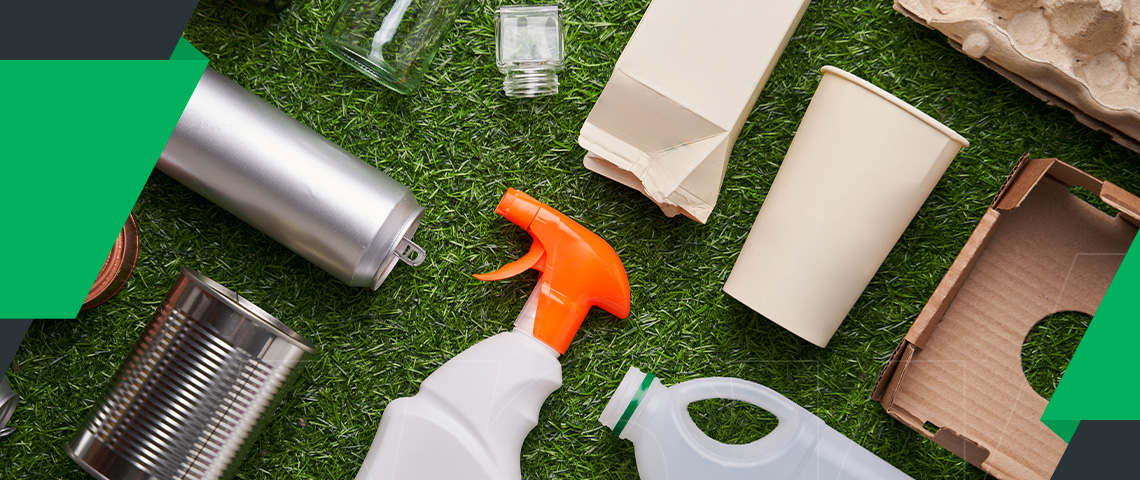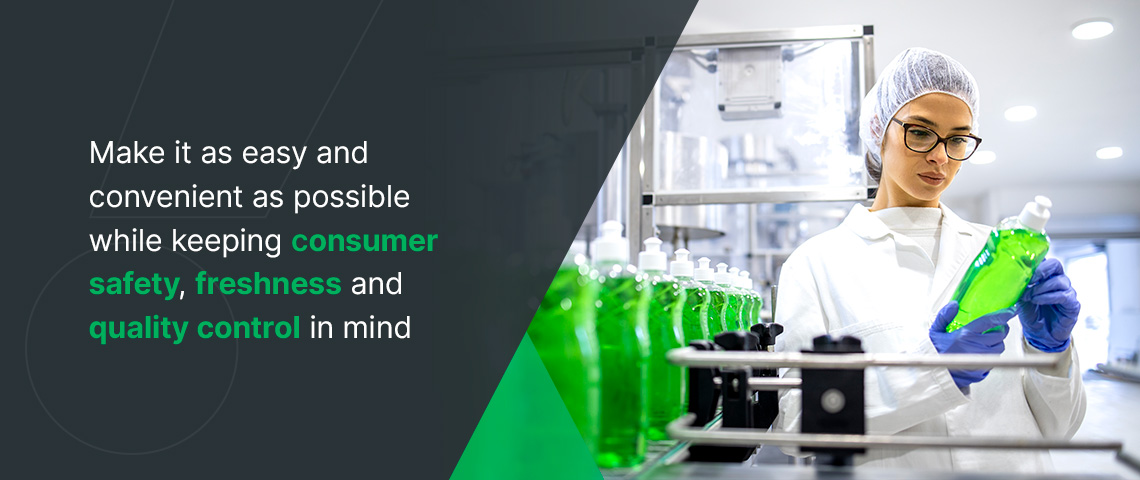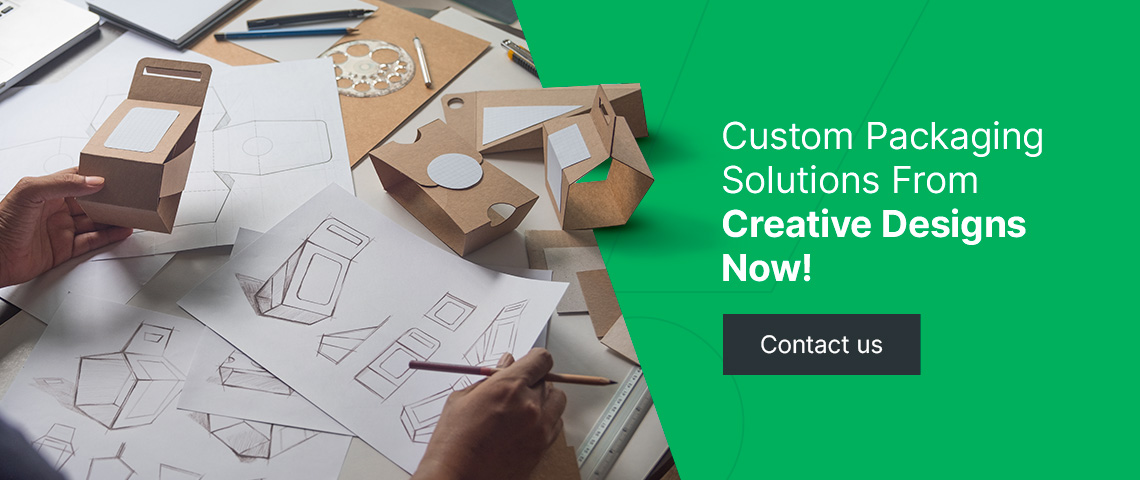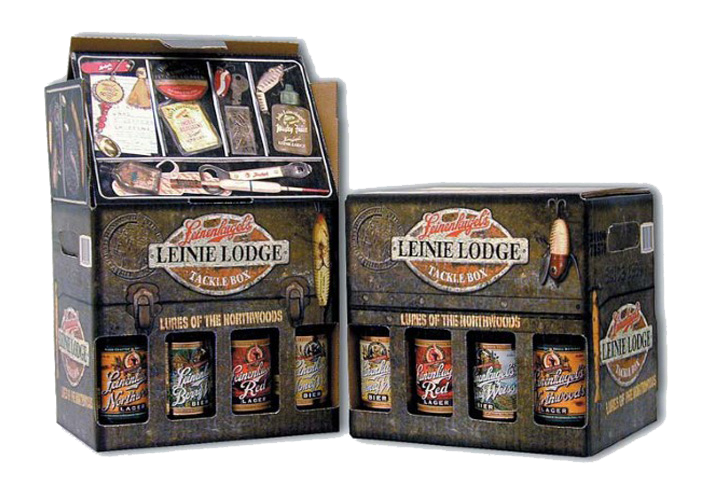Packaging is an umbrella term that includes products and solutions that serve different purposes in displaying and transporting products. Depending on the packaging you use, you can protect your products, display relevant information, extend items’ shelf life, promote your brand and optimize your presence in the store.
Let’s explore why packaging matters, whether you’re launching a new product that’s almost ready to go to market or revamping and rebranding an old one.
What Can Packaging Do for Your Product?
Each layer of packaging in the supply chain serves several functions, including safety, security, engaging designs, improved designs and enhanced usability. However, packaging’s fundamental purpose is always to protect the goods within. You must use reliable and durable materials to safeguard your products as they move from the factory to retail stores.
Researchers estimate the amount of counterfeit goods sold yearly to total $1.7 trillion to $4.5 trillion, not to mention the millions of jobs lost in the process. An additional concern is the probable harm from fraudulent sensitive products like pharmaceuticals. It takes time and resources to remove these fakes from the market, causing manufacturers to lose revenue.
Consumers who unknowingly buy counterfeit products are 35% less likely to buy the brand again. Quality packaging can curb the imitation of health-related goods like pharmaceutical products. Consumers want to feel confident in buying pure products that nobody has contaminated or tampered with. Food and pharmaceutical manufacturers must ensure their packaging keeps products and consumers safe.
Most consumer products have at least two kinds of packaging — primary and secondary. Each serves different purposes at various stages of the supply chain.
Primary Packaging
Primary packaging is the immediate layer of material that contacts the product. It is essential for containing, preserving and making products. One critical consideration when designing or choosing your primary packaging is how it can make your product more practical and usable for customers. For example, the primary packaging for a food item may contain various small elements like seals designed to preserve the freshness or integrity of the product.
Examples of primary packaging include:
- Bottles made from various materials like plastics for sodas or glass for perfume
- Cans for food and beverages
- Tubes for items like toothpaste or makeup
- Cartons for products like milk
- Blister packs for pharmaceutical products
You must choose primary packaging wisely to create a positive perception of your brand, persuade consumers to buy your products, enhance usability and boost customer satisfaction.
Secondary Packaging
Secondary packaging is a second layer you can customize for branding or relaying product information and instructions. The difference between primary and secondary packaging is that primary packaging encloses a product, and secondary packaging is for branding, shipping, protection or consolidation.
Examples of secondary packaging include:
- Corrugated cardboard boxes
- Crates and trays
- Cartons
- Chipboard boxes, such as those around a 12-pack of soda
- Shrink wraps
- Paperboard enclosures
Secondary packaging isn’t always necessary, particularly for single items, such as large bottles of vitamins. However, some manufacturers still choose to add it to individual items for added protection or marketing or regulatory purposes. Secondary packaging can be effective for branding — you can use it as a customizable canvas by printing your logo or slogan on the packaging.
Whether you use primary packaging alone or with secondary packaging, your goal is to make it as easy and convenient as possible while keeping consumer safety, freshness and quality control in mind.
What Is Tertiary Packaging?
The third level of packaging protects your products for storage or shipment. It can also help with handling and inventory by containing helpful information and labeling. Customers generally do not see your product’s tertiary packaging — retailers remove it before displaying your products on their shelves.
Examples of tertiary packaging include stretch wraps, oversized cardboard boxes, plastic and pallets.
How to Choose Packaging
Most products need all three types of packaging. Here are some factors that should influence your decision.
- Choose packaging for your industry: Always select packages according to your product’s industry. For example, if you make food items, your packaging — especially the primary packaging — needs to be food-safe. Another example is cosmetics — you need special materials that will not react with your product.
- Go for custom solutions: Packaging should always fit your product’s unique dimensions, weight and materials. Custom packaging solutions help you get the perfect fit for your product and make your brand more sustainable by eliminating unnecessary waste from choosing stock options that do not necessarily meet your needs.
- Consider the supply chain: Are you selling your products directly to customers, or does a retailer stock your item? How your product moves through the supply chain can impact what sort of packaging you use, as it can affect storage, handling and shipment.
- Product characteristics: How expensive is it to replace your product if it becomes damaged? Is it perishable? Answers to these questions will help you make the appropriate decision.
- Sustainability: Many consumers are conscious of the environmental impact of non-recyclable materials like plastics. Consider using sustainable materials that reduce, reuse or recycle.
Manufacturers of hazardous materials or products must go the extra mile to ensure their products arrive at their destination intact. Packaging for these goods must meet various national and international safety standards. The first step is establishing the correct classification for the hazardous material. For example, you cannot transport corrosive materials in metal packages because they will react violently with the metal and destroy the package. Correct labeling of hazardous products will also guide shippers in choosing appropriate packaging.
The Importance of Package Differentiation
You must know the differences between primary, secondary and tertiary packaging to protect your products and brand at all stages. In addition, the three types of packaging must meet specific legal and industry standards. For example, primary packaging for food products should comply with food safety requirements.
Your products should also have codes that track them through the supply chain. These identify the product and provide information about its authenticity and origin. Each level of packaging can have different codes depending on the requirements and source environment.
Specific use cases along the supply chain influence primary, secondary and tertiary package coding. For example, while tertiary coding is about readability and consistency, coding on primary packaging needs to be indelible and scratch-resistant.
Custom Packaging Solutions From Creative Designs Now!
Packaging significantly impacts how your brand protects, stores and ships your products. It also leaves an impression on your customers and influences their perception of your product and their buying decisions.
If you’re searching for primary or secondary packaging, Creative Displays Now is here to answer all your questions and give you the expertise and guidance you’ve been looking for. To complement our primary packaging services, we also offer our customers secondary packaging solutions from our partner site, Custom Boxes Now. Reach out or call us at 855-284-6922 today to learn more about how we can help you solve your packaging concerns.





